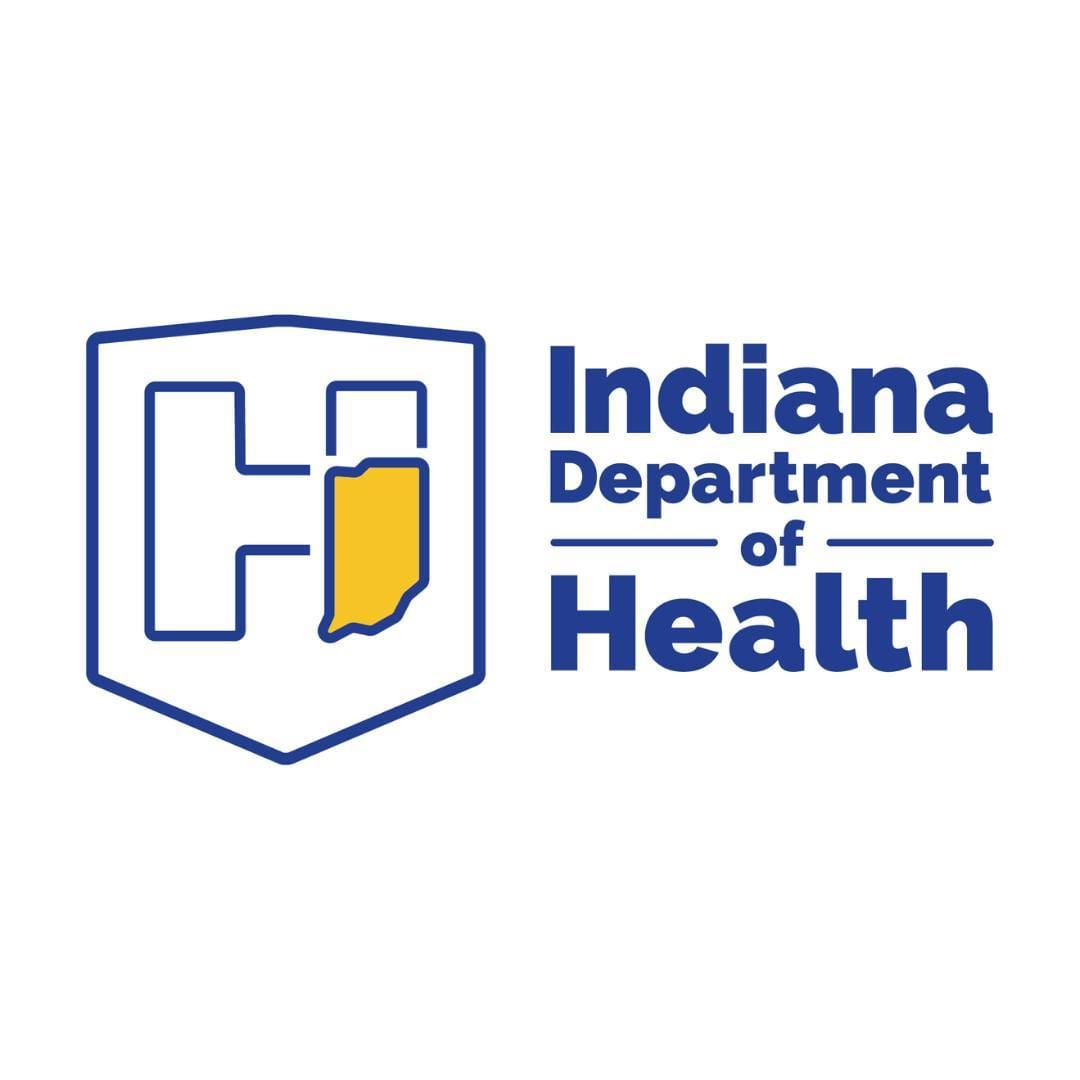The Indiana Health Department’s Labor of Love Summit focusing on maternal health took place Thursday in Indianapolis.
Indiana’s infant mortality rate rose slightly in 2021 primarily due to an increase among Hispanic infants, while the rate for non-Hispanic white infants improved slightly and the rate for non-Hispanic Black infants remained unchanged, the Indiana Department of Health announced Thursday.
The statewide 2021 infant mortality rate rose to 6.7 per 1,000 live births, up from 6.6 in 2020. The Hispanic infant mortality rate rose from 6.0 to 8.1 per 1,000 live births, while the rate for white infants fell from 5.5 to 5.4 per 1,000 live births. The rate for non-Hispanic Black infants remained at 13.2, according to State Health Commissioner Kris Box, M.D., FACOG, who made the announcement during the 10th annual Labor of Love infant mortality summit, held Thursday at the Downtown Indianapolis Marriott.
“Every loss of an Indiana baby is heartbreaking, and seeing our rate go up in our Hispanic population is especially troubling after several years of decline,” Box said. “While we may still be seeing some impact from the pandemic, when many Hoosiers faced increased barriers in accessing essential care, it will be important to dive more deeply into the data so that we better understand the root causes and can take additional steps to reduce the perinatal risks that contribute to so many of Indiana’s infant deaths.”
Box said the data reinforce the importance of the work being done across the state to improve the health of individuals before they become pregnant and to continue that care into and beyond pregnancy. That work includes providing connections to early prenatal care, mental health and substance use programs, home visiting and community resources, and offering education surrounding safe sleep, pregnancy spacing, and programs designed to reduce preterm and low birthweight.
The state has implemented numerous programs to improve the health of pregnant individuals and babies. They include:
- My Healthy Baby, the state’s OB navigator program, which launched in 22 counties in 2020 and will be available in all Indiana counties by mid-2023;
- The Levels of Care program, which has certified every birthing facility for the level of maternal and infant care provided to mothers and babies;
- Adoption of safety bundles on obstetrical hemorrhage and hypertension in pregnancy through the Alliance for Innovation on Maternal Health (AIM);
- Grants of nearly $36 million through the IDOH Safety PIN program since 2017 to programs that work to reduce infant mortality, including providing funding to hire advance practice nurses or certified nurse midwives to provide women’s health care and obstetrical care in counties without obstetrical services.
Thursday’s summit also addressed the importance of ensuring that adequate mental health and substance use supports are in place for pregnant individuals. Indiana’s Maternal Mortality Review Committee report found that substance use disorders continued to play a significant role in pregnancy-associated deaths in the state in 2020.
Numerous resources are available across the state for pregnant individuals with substance use disorder, including the Indiana Pregnancy Promise Program, which connects pregnant individuals who receive Medicaid benefits with prenatal and postpartum care, other physical and mental health care, and treatment for opioid use disorder. More information is available here.

